A newly discovered ‘organelle’ that converts nitrogen gas into a useful form could pave the way for engineered plants that require less fertilizer.
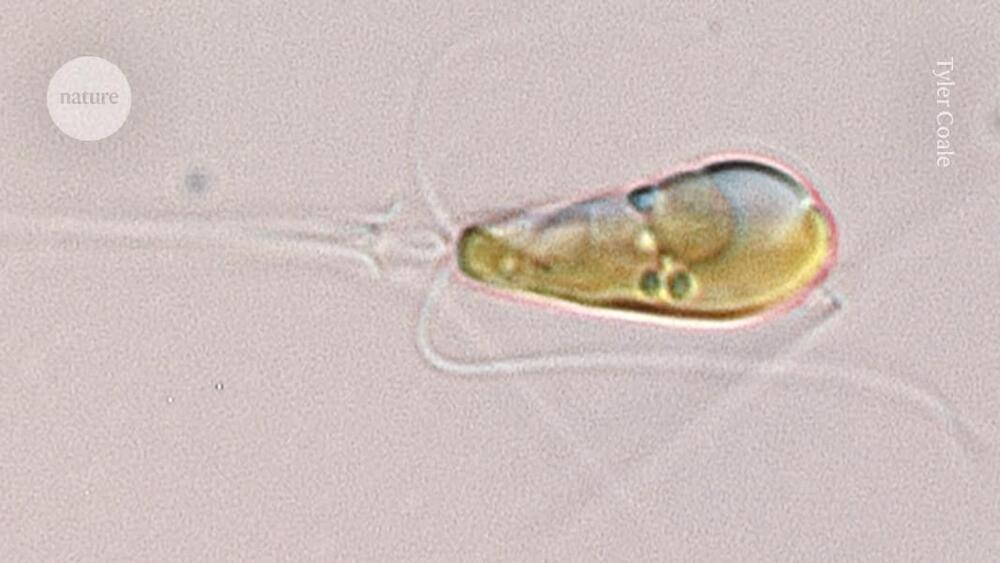


Amazon.com Inc. is rapidly advancing its use of robotics, deploying over 750,000 robots to work alongside its employees.
The world’s second-largest private employer employs 1.5 million people. While that’s a lot, it’s a decrease of over 100,000 employees from the 1.6 million workers it had in 2021. Meanwhile, the company had 520,000 robots in 2022 and 200,000 robots in 2019. While Amazon is bringing on hundreds of thousands of robots per year, the company is slowly decreasing its employee numbers.
The robots, including new models like Sequoia and Digit, are designed to perform repetitive tasks, thereby improving efficiency, safety and delivery speed for Amazon’s customers. Sequoia, for example, speeds up inventory management and order processing in fulfillment centers, while Digit, a bipedal robot developed in collaboration with Agility Robotics, handles tasks like moving empty tote boxes.
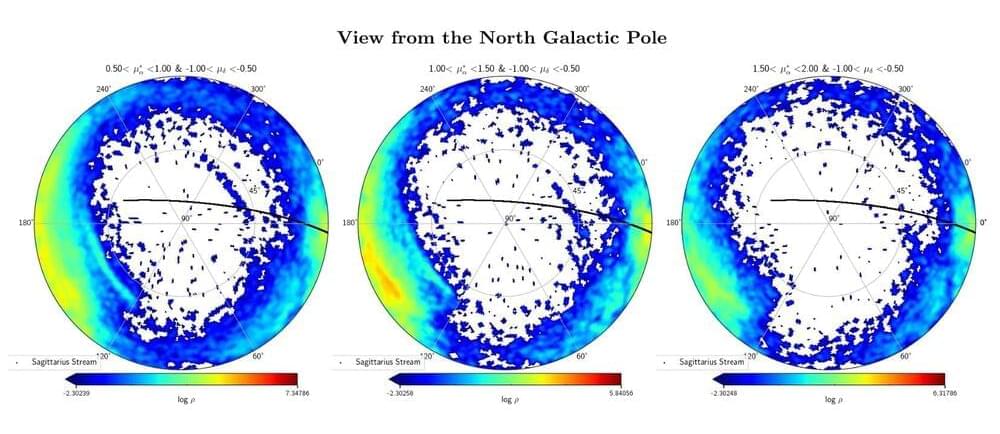
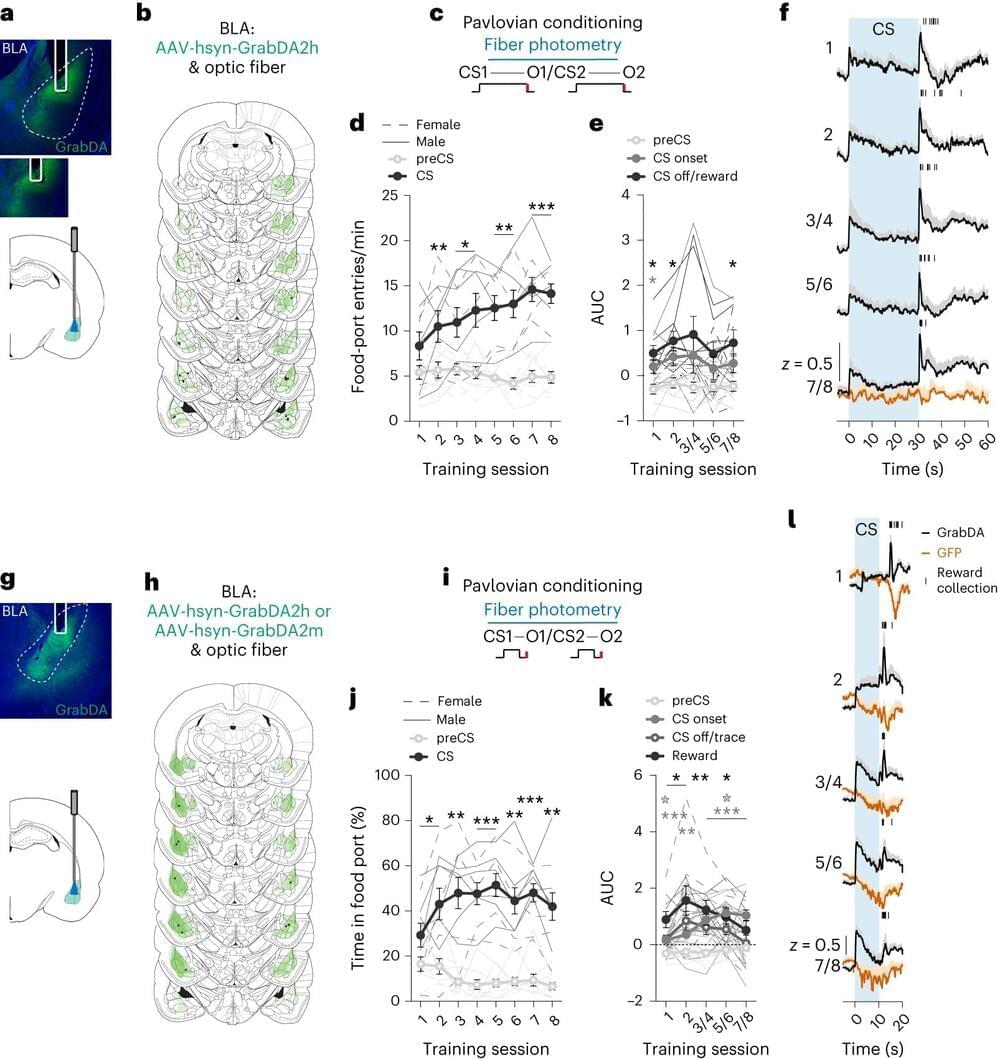
Over the course of their lives, humans build subjective internal models outlining the associations between specific environmental stimuli and rewards that could be gained from interacting with them. These experience-based models allow them to infer what benefits they could gain from acting in specific ways.
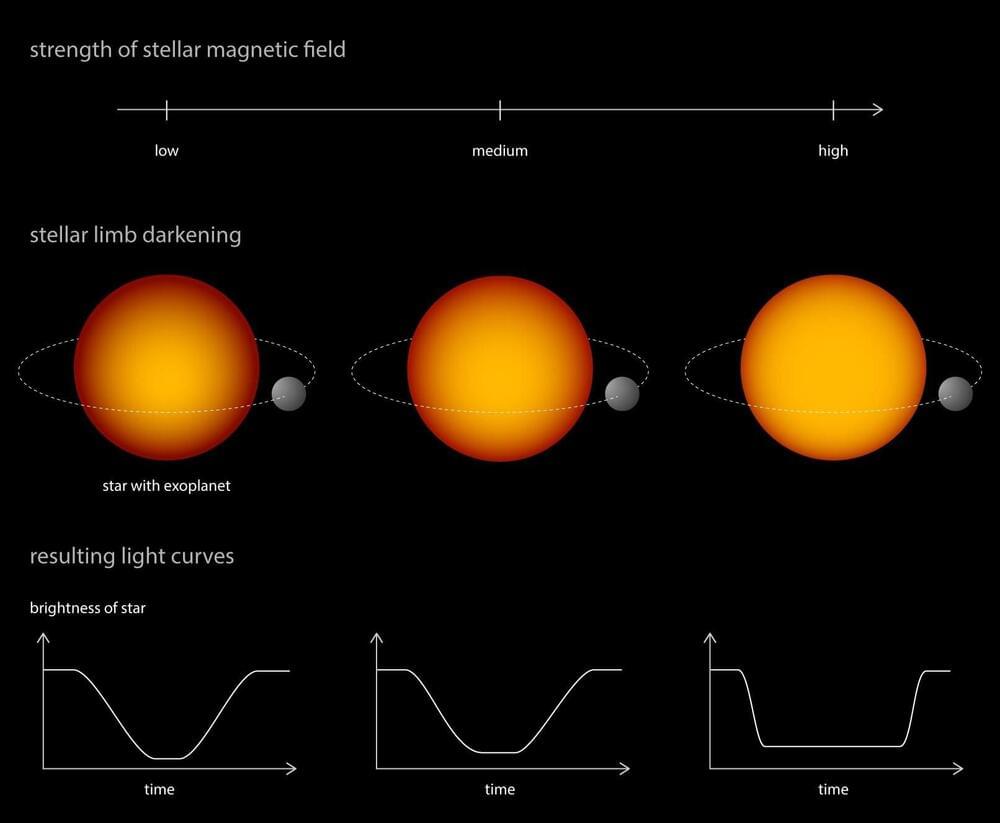
In the constellation Virgo, 700 light years away from Earth, the planet WASP-39b orbits the star WASP-39. The gas giant, which takes little more than four days to complete one orbit, is one of the best-studied exoplanets. Shortly after its commissioning in July 2022, NASA’s James Webb Space Telescope turned its high-precision gaze on the distant planet.
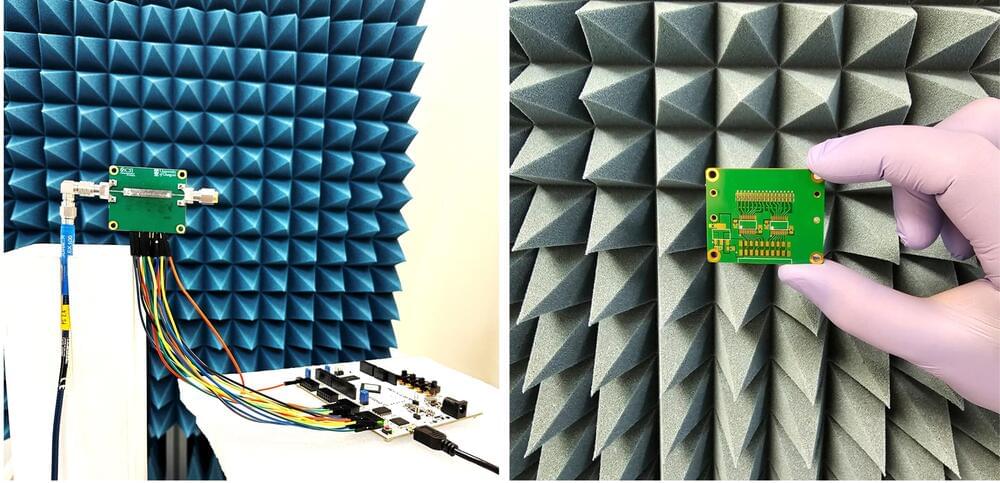

Fast radio bursts (FRBs) represent the most intense radio explosions in the universe. Since the first discovery in 2007, FRBs have garnered significant attention, culminating in the 2023 Shaw Prize in Astronomy. With yet unknown origin, these extreme cosmic bursts are among the most enigmatic phenomena in astronomy as well as physics.

Several similar large, fossilized bone fragments have been discovered in various regions across Western and Central Europe since the 19th century. The animal group to which they belonged is still the subject of much debate to this day. A study carried out at the University of Bonn could now settle this dispute once and for all: The microstructure of the fossils indicates that they come from the lower jaw of a gigantic ichthyosaur. These animals could reach 25 to 30 meters in length, a similar size to the modern blue whale. The results have now been published in the journal PeerJ.
In 1,850, the British naturalist Samuel Stutchbury reported a mysterious find in a scientific journal: A large, cylindrical bone fragment had been discovered at Aust Cliff – a fossil deposit near to Bristol. Similar bone fragments have since been found in various different places around Europe, including Bonenburg in North Rhine-Westphalia and in the Provence region of France. More than 200 million years ago, these areas were submerged beneath a huge ocean that covered vast swathes of Western and Central Europe. Fossil remains from the animal world of that time – including marine and coastal dwellers – have been preserved in the sediment.
There is still some debate to this day about the animal group to which these large, fossilized bones belonged. Stutchbury assumed in his examination of the first finds that they came from a labyrinthodontia, an extinct crocodile-like land creature. However, this hypothesis was questioned by other researchers, who believed instead that the fossils came from long-necked dinosaurs (sauropods), stegosaurs, or a still completely unknown group of dinosaurs.

In a breakthrough that could help revolutionize wireless communication, researchers unveiled a novel method for manipulating terahertz waves, allowing them to curve around obstacles instead of being blocked by them.
While cellular networks and Wi-Fi systems are more advanced than ever, they are also quickly reaching their bandwidth limits. Scientists know that in the near future they’ll need to transition to much higher communication frequencies than what current systems rely on, but before that can happen there are a number of — quite literal — obstacles standing in the way.
Researchers from Brown University and Rice University say they’ve advanced one step closer to getting around these solid obstacles, like walls, furniture, and even people — and they do it by curving light.

Unveiling Chiral Interface States
The chiral interface state is a conducting channel that allows electrons to travel in only one direction, preventing them from being scattered backward and causing energy-wasting electrical resistance. Researchers are working to better understand the properties of chiral interface states in real materials but visualizing their spatial characteristics has proved to be exceptionally difficult.
But now, for the first time, atomic-resolution images captured by a research team at Berkeley Lab and UC Berkeley have directly visualized a chiral interface state. The researchers also demonstrated on-demand creation of these resistance-free conducting channels in a 2D insulator.